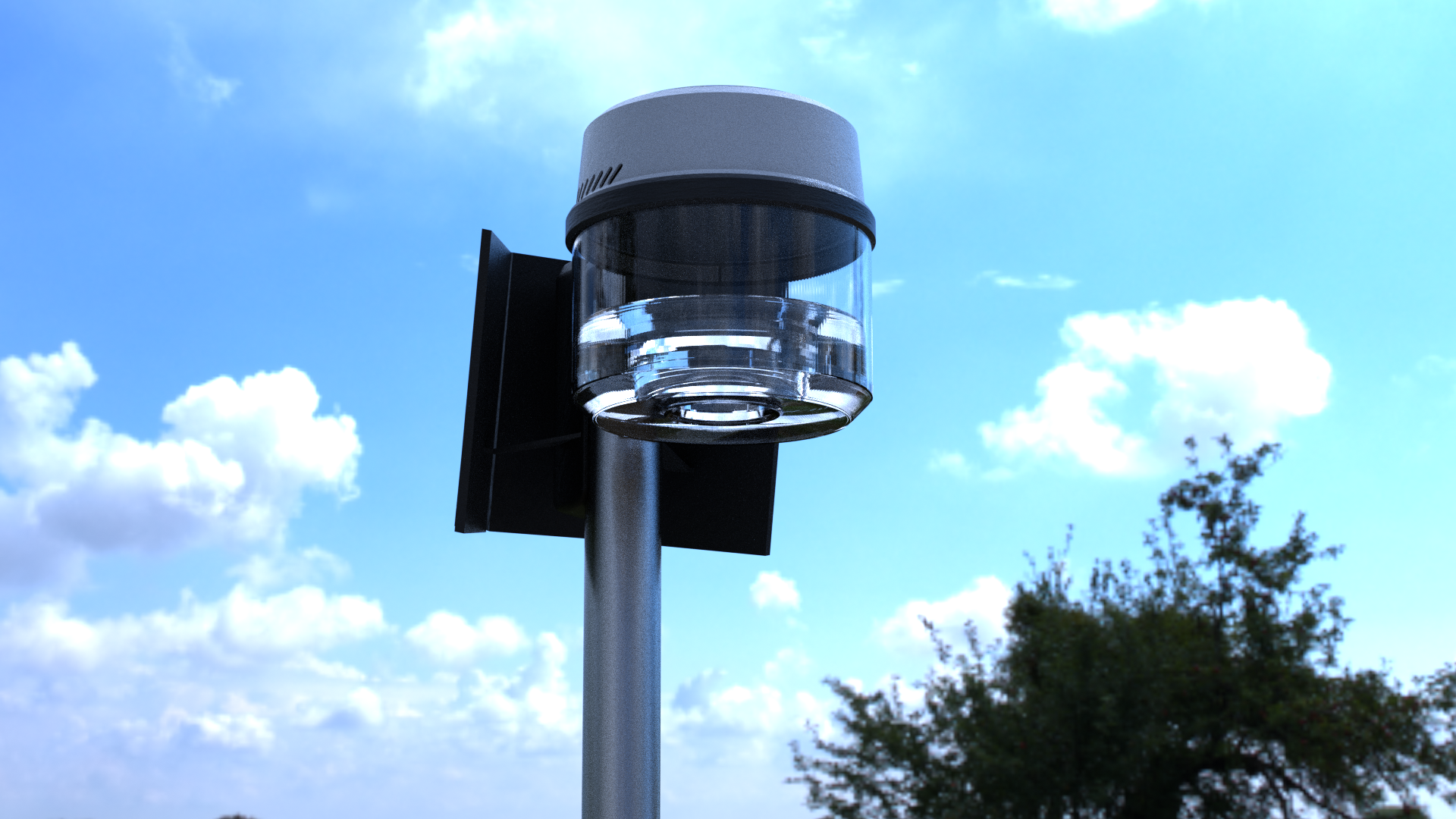
Attalos FlyTrap
Innovative Agricultural Equipment
The aim of the project is to design a smart data collecting fly trap. This is an attempt to create a mvp that captures and counts the captured flies, produced by the company OptiSol.io. The target group is agriculture organizations that want to begin investing or expand their technological agricultural equipment. The place of interest is fields full of sunshine that suffer from fruit flies. The flytrap is meant to ease pest control and relieve the current labor-intensive monitoring process reliably and confidently, as well as preventing crop damage in a cost-effective way.
Users
The target group is agriculture organizations that want to begin investing or expand their technological agrictultural equipment
Place
The place of interest is fields full of sunshine that suffer from fruit flies.
The device collects data such as photos of the trapped flies from the surface of the attractant liquid, gps location, humidity and temperature
This data is uploaded into Attalos database with the help of a gsm module and through machine learning algorithms we receive reliable information for our platform as well as for the benefit of the user's agriculture efficiency.
The device has:
On/Off switch in the available space inside the pole
Cable link between pole and cap
Solar panels for battery recharge
Electronics' space inside the cap
Ventilation for electronic protection and dacus attractant efficiency
Attalos FlyTrap
We were able to test this prototype in a real world environment. Consequently, the device gave us data with real world conditions.
Many attempts were needed to find out the optimum solution to secure electronics and to make sure that everything was working properly.
We built the chassis of this prototype with additive manufacturing and no support material was needed for the printed parts. A design of a solar box was needed, right beneath the solar panel, in order to keep the components and battery safe. It was created with sheet metal manufacturing
Two different prototypes were created in order to test different parameters. The prototypes gave us better understanding for answering the following questions.










